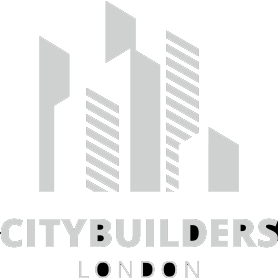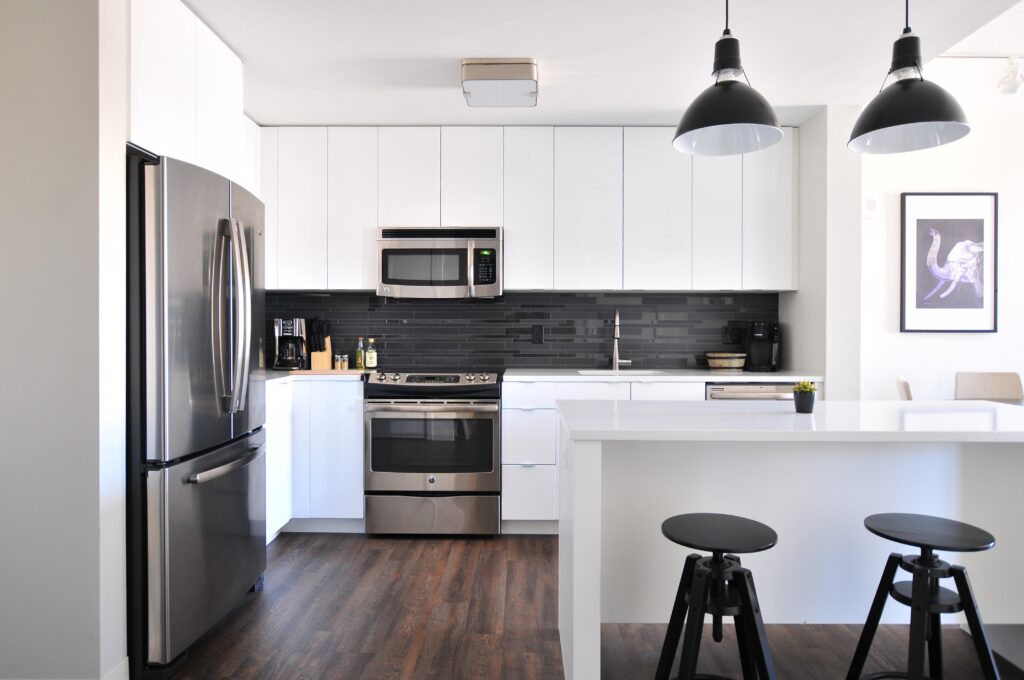Loft conversions have become increasingly popular as homeowners seek to maximize their living spaces and add value to their properties. However, amid the allure of creating a stylish new room, various myths and misconceptions often cloud the decision-making process. In this blog, we debunk common loft conversion myths, shedding light on the truths that homeowners need to know before embarking on this transformative journey.
Myth 1: Loft Conversions Are Only for Large Budgets:
One prevailing myth suggests that loft conversions are exclusively reserved for those with deep pockets. The truth is, while loft conversions can be an investment, they don’t always require a vast budget. Factors such as the type of conversion, materials used, and the extent of customization will influence costs. It’s possible to achieve a functional and aesthetically pleasing loft space without breaking the bank through careful planning and budget management.
Myth 2: Planning Permission Is Always Required:
Another misconception is that planning permission is an insurmountable hurdle for loft conversions. In reality, many loft conversions fall under permitted development rights, especially if the alterations do not exceed certain limits and conditions. Homeowners often have more flexibility than they realize, and consulting with a professional can clarify whether planning permission is necessary for a specific project.
Myth 3: Lofts Are Only Suitable for Bedrooms:
Contrary to popular belief, a loft space is not limited to becoming just another bedroom. While converting lofts into bedrooms is a common choice, lofts can serve a multitude of purposes. Home offices, playrooms, gyms, or even cozy reading nooks are viable options. The key lies in tailoring the conversion to suit the homeowner’s lifestyle and needs, breaking free from the notion that lofts are solely for sleeping quarters.
Myth 4: Lofts Are Dark and Uninviting:
The perception that loft spaces are inherently dark and uninviting is a myth that discourages many homeowners from considering this type of conversion. In truth, effective design and the strategic use of windows, skylights, and light color schemes can transform a loft into a bright, welcoming space. Natural light is a key consideration in loft conversions, and with thoughtful planning, even the darkest corners can be illuminated.
Myth 5: Loft Conversions Are a DIY Project:
While the idea of a DIY loft conversion might be tempting for the adventurous homeowner, it’s a myth that this complex task can be easily tackled without professional help. Loft conversions involve structural changes, compliance with building regulations, and considerations for plumbing, electrical work, and insulation. Hiring experienced professionals ensures the project adheres to safety standards and local regulations, preventing costly mistakes in the long run.
Myth 6: Lofts Are Too Small to Be Practical:
Some believe that lofts are inherently cramped and impractical for everyday use. However, with thoughtful design and space utilization strategies, even smaller lofts can be transformed into functional and stylish areas. Clever storage solutions, multifunctional furniture, and creative design can maximize every inch of the loft, debunking the myth that loft spaces are inherently impractical.
Myth 7: Lofts Are Always Hot in Summer and Cold in Winter:
Concerns about temperature extremes in loft spaces are common, leading to the myth that lofts are either sweltering in summer or freezing in winter. Proper insulation is the key to regulating temperature, making lofts comfortable year-round. Modern insulation materials and techniques ensure that loft conversions remain thermally efficient, dispelling the notion that these spaces are inhospitable in extreme weather.
Myth 8: Lofts Are Unusable Due to Sloping Ceilings:
The sloping ceilings often found in lofts are not a hindrance but an opportunity for creative design. Rather than considering them a limitation, homeowners can embrace the unique architectural features of loft spaces. Customized storage solutions, cozy reading corners, or even built-in furniture can be designed to complement and make the most of sloping ceilings, debunking the myth that they render lofts unusable.
Conclusion: Debunking Myths to Unlock Loft Potential:
Loft conversions offer a versatile and valuable way to enhance living spaces, but misconceptions can deter homeowners from exploring this potential. By dispelling common myths surrounding loft conversions, we empower homeowners to make informed decisions, tapping into the hidden possibilities that their lofts hold. Whether aiming for a budget-friendly transformation or challenging the conventional uses of loft spaces, understanding the truths behind the myths is the first step towards unlocking the full potential of this often-overlooked area of the home.
For more information you can call City Builders London at 07440079145 or contact us





